The United States, Israel, Canada and their allies are fiercely determined not to permit a ceasefire, considering their aligned interests.Their deliberate and joint offensive in the Gaza Strip is a clear indication of a long-term strategic plan, characterized by continuous air and ground attacks. This collaboration, which has tragically led to the loss of over 10 000 Palestinian lives, including a significant number of children, is not just a coincidence. It is the result of a well-coordinated military strategy, driven by shared economic and geopolitical objectives among these nations.
Supporting this violent campaign reveals two motives: tapping into the offshore marine LNG resources, and to carve out a significant corridor through occupied Palestine—a strategic maritime passage or buffer zone, poised to reshape regional power dynamics and significantly amplify Israel's strategic influence on the world stage. By displacing and murdering Palestinians they’re able to implement a direct route without the winding detours, drastically reducing the transit duration and potentially leading to substantial financial savings of billions.
What is it?
The proposed canal referred to as the Ben Gurion Canal, named after one of the founding fathers of Israel and the first Prime Minister, would present an alternative to Egypt's Suez Canal. This waterway would stretch for nearly 300 kilometers, surpassing the length of the Suez Canal by about one-third. Estimates for the construction of the Israeli canal range from $16 billion to $55 billion.The starting point would be near Eilat, at the northern tip of the Gulf of Aqaba, close to the border Israel shares with Jordan. It would then traverse the Arabah Valley, running approximately 100 kilometers between the Negev Mountains to the west and the Jordanian highlands to the east. The route would then turn westward before reaching the Dead Sea, which lies 1,412 feet below sea level. It would continue through a valley in the Negev Mountains and then head north, skirting around the Gaza Strip, before finally connecting with the Mediterranean Sea.
History
In 1956, during the Suez Crisis, Israel, Britain and France launched an invasion of Egypt to regain control of the Suez Canal after its nationalization by President Gamal Abdel Nasser. This event highlighted Israel and its allies' reliance on the Suez Canal, a crucial trade and oil transport route.
In the 1960s, Israel proposed building its own canal in the southern region to bypass the Suez Canal. At the time, the project aimed to address the diminishing and salinization of the Dead Sea, caused by the diversion of the Jordan River. The proposed canal would channel seawater to the Dead Sea, forming a large reservoir to generate hydroelectric power and provide desalinated water for irrigation and consumption.
The project was met with enthusiasm and support by some Israeli politicians, scientists, and engineers, who formed a committee to study the feasibility and benefits of the canal. However, the project also faced many challenges and controversies. Key considerations that ultimately hindered the project's progress included that:
The environmental impact of the canal would be enormous and potentially irreversible, affecting the ecology, climate, and geology of the region. The canal would require cutting through the Negev Desert and the Arabah Valley, which are home to diverse and unique flora and fauna, as well as archaeological and historical sites. The canal would also alter the salinity, temperature, and biodiversity of the Dead Sea, which is the lowest point on Earth and one of the world's natural wonders. The mixing of seawater and freshwater could cause chemical reactions, explosions, and toxic emissions, as well as the spread of invasive species and diseases. The canal stands a risk that could also trigger earthquakes, landslides, and floods, as well as increase the risk of droughts and desertification.
Political and diplomatic implications of the canal would be complex and contentious, involving the interests and rights of several countries and parties in the region. The canal would cross the borders of Israel, Jordan, and Egypt, as well as the disputed territories of the Gaza Strip and the West Bank, which are claimed by the Palestinians. The canal would also affect the water resources and allocations of the Jordan River basin, which is shared by Israel, Jordan, Syria, Lebanon, and the Palestinians. The canal would require the consent and cooperation of these countries and entities, which have been in conflict and tension with each other for decades as a direct result of western influence.
Challenging the status and role of the Suez Canal, which is a vital and strategic asset for Egypt and the international community, could provoke the hostility and resentment of Egypt and other Arab and Muslim countries. These countries view Israel as an enemy and a threat to their sovereignty and security. The canal could also violate the international laws and conventions that regulate the use and management of transboundary watercourses and important interoceanic canals.
The project has been studied and revised several times since the 1960s, by various Israeli and international institutions and experts, who have proposed different routes, designs, and methods for the canal. One of the most controversial and sensational proposals by the United States Department of Energy and the Lawrence Livermore National Laboratory in 1963, who suggested using 520 buried nuclear explosions to help in the excavation process through the hills in the Negev Desert.
The proposal was part of a larger program called Operation Plowshare, which aimed to use nuclear devices for “peaceful purposes”, such as mining, construction, and engineering.
The proposal was classified until 1993, when it was declassified and revealed to the public where it was rejected by the Israeli government, who feared the environmental and political consequences of using nuclear weapons in the region.
The US
Considerations for things like the environment, made by Israel were never viewed as obstacles for the United States. The strategic vision of the United States for the Middle East, particularly regarding the development of Israeli infrastructure, is indicative of far broader geostrategic objectives with significant global implications. The U.S. has shown a steadfast commitment to the concept of a strategic canal within Israel for decades, aiming to create a trade route that challenges the influence of China's Belt and Road Initiative. Such a development would also seek to bolster Western-centric economic corridors and serve as a counterweight to China's burgeoning economic dominance.
Additionally, the modernization of Haifa Port, driven by the investments of the Adani Group, signifies a potential shift in the global maritime trade landscape. The ambition is to transform Haifa into a central hub for trade, particularly between India and Europe, presenting an alternative to the traditional Suez Canal route. This strategic move is intended to challenge China's maritime preeminence while simultaneously decreasing the geopolitical influence of Arab nations that currently control the Suez Canal.
Canada
Canada's reluctance to call for a cease-fire may stem from several key factors. First, Canada's economic interests and investments in Israel, a crucial partner in the Middle East and North Africa (MENA) region, play a significant role. The countries share a multifaceted relationship, including the Canada-Israel Free Trade Agreement that boosts Canadian companies' access to the Israeli market. Their cooperation extends to areas such as industrial research, energy, and security.
Canada's close alignment with the United States, Israel's main ally, is another factor. The Canada-US relationship, the world's largest trading partnership, often sees Canada mirroring US foreign policy, particularly in the Middle East. Canada consistently supports Israel's right to “peace and security” regardless of how many Palestinians die.
Canada's potential gains from the Ben Gurion Canal Project in Israel influence its stance on halting this barbaric genocide. The canal would provide new routes for oil and gas transport, reducing reliance on geopolitically sensitive areas like the Strait of Hormuz. As a major energy producer and consumer, Canada would benefit from diversified energy trading routes and enhanced trade opportunities with Israel and the region. Supporting this project ticks the box in the US/Canada/broader West’s aim to push back against China's rising influence, particularly in the Middle East and through the Belt and Road Initiative which the US sees as a threat.
Some of the specific Canadian companies that would benefit from the Ben Gurion Canal Project include:
SNC-Lavalin: This is a leading engineering and construction company that has been involved in various infrastructure projects in Israel, such as the Carmel Tunnels, the Tel Aviv Light Rail, and the Ashdod Desalination Plant. SNC-Lavalin could potentially participate in the design, construction, and operation of the canal project, as well as provide consulting and management services.
Bombardier: this global transportation industry that has supplied rail vehicles and signaling systems to Israel Railways, as well as business jets and turboprops to Israeli customers. According to a report by the Stockholm International Peace Research Institute (SIPRI), Canada was one of the top 10 suppliers of arms to Israel from 2014 to 2018, with a total value of $US 28 million.
Israel Railways, a government-owned entity, awarded a contract to Bombardier for the supply of 62 electric locomotives, in August 2015. This agreement also included an option to purchase an additional 32 locomotives, bringing the total value of the deal to 1 billion shekels (over US $260 million).This move was likely part of a broader Western strategy that envisions a transportation network starting with sea transit between India and Saudi Arabia, followed by rail transport through Saudi Arabia and the UAE, potentially extending to Jordan, and then maritime transit to Turkey, with subsequent rail connections.
Enbridge and other major oil and gas companies: This is a leading energy infrastructure company that operates the world's longest crude oil and liquids transportation system, as well as natural gas pipelines, processing plants, and renewable power generation facilities. Enbridge and other oil and gas corporations would potentially benefit from the canal project by having more access and options for their energy imports and exports, as well as by investing in or partnering with Israeli energy companies that are developing offshore natural gas fields and renewable energy projects.
Covert economic agenda
On the surface, military actions by the United States and its allies in the region are justified as counterterrorism or "hostage recovery" operations, despite the IDF’s lack of care towards verified Israeli hostages.
When it comes to Israel’s reported losses, which have acted as justifications for its military response, there’s a lack of official government data to confirm these casualty figures. This includes both military losses, where one might expect formal recognition such as state funerals, and civilian casualties, notably among children. Moreover, there's no substantiated evidence to verify the claim that the stated number of hostages captured, 239, is correct. These assertions stand in stark contrast to the intense U.S. military actions, including the deployment of 'hunt and kill' Reaper drones, purportedly for “hostage rescue” operations.
In addition to daily drone involvement, frequent bombings with powerful munitions target the underground spaces beneath buildings in Gaza's Nordend, reportedly with U.S. support. According to the Geneva Conventions, these heavy-duty ammunition can only be used in “extreme circumstances of self-defence” and is prohibited for use in areas of high civilian population and yet they are continuously used.
The destruction and demolition of Gaza is likely concealing the initial steps in topographical modifications, hinting at the beginning of an ambitious undertaking.
This geopolitical agenda explains the reluctance to halt the violence, as any pause could interfere with these strategic goals. As these projects advance, the full impact of these economic activities will become clearer. By then, they will have inflicted irreparable and extensive harm, destroying countless lives and homes.




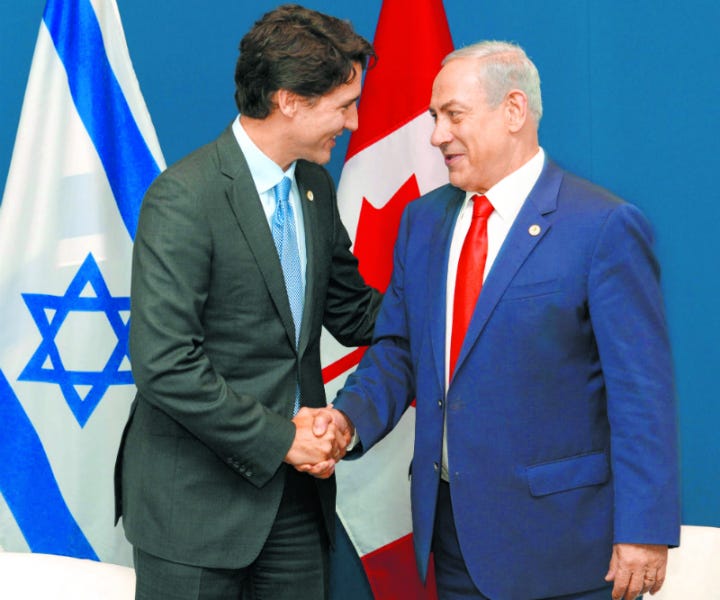
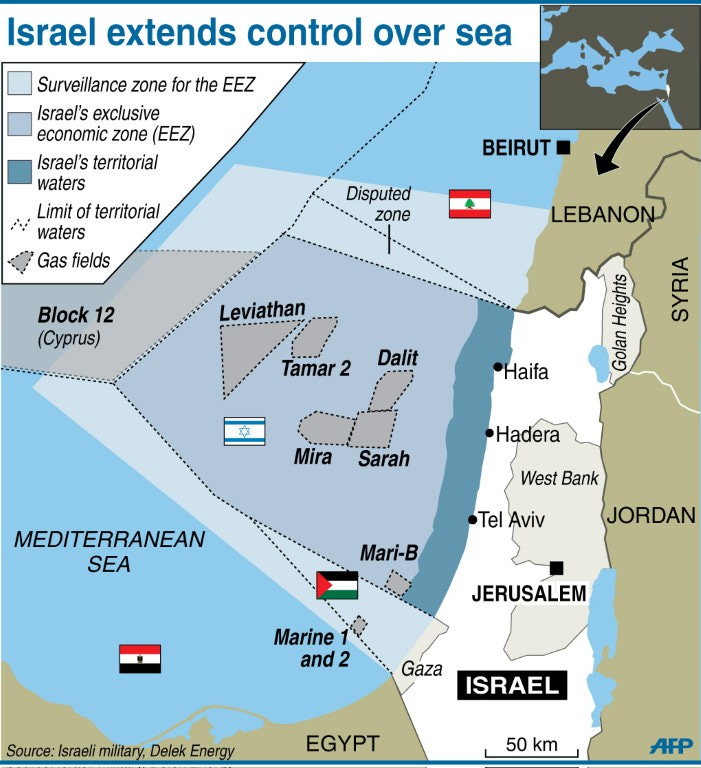
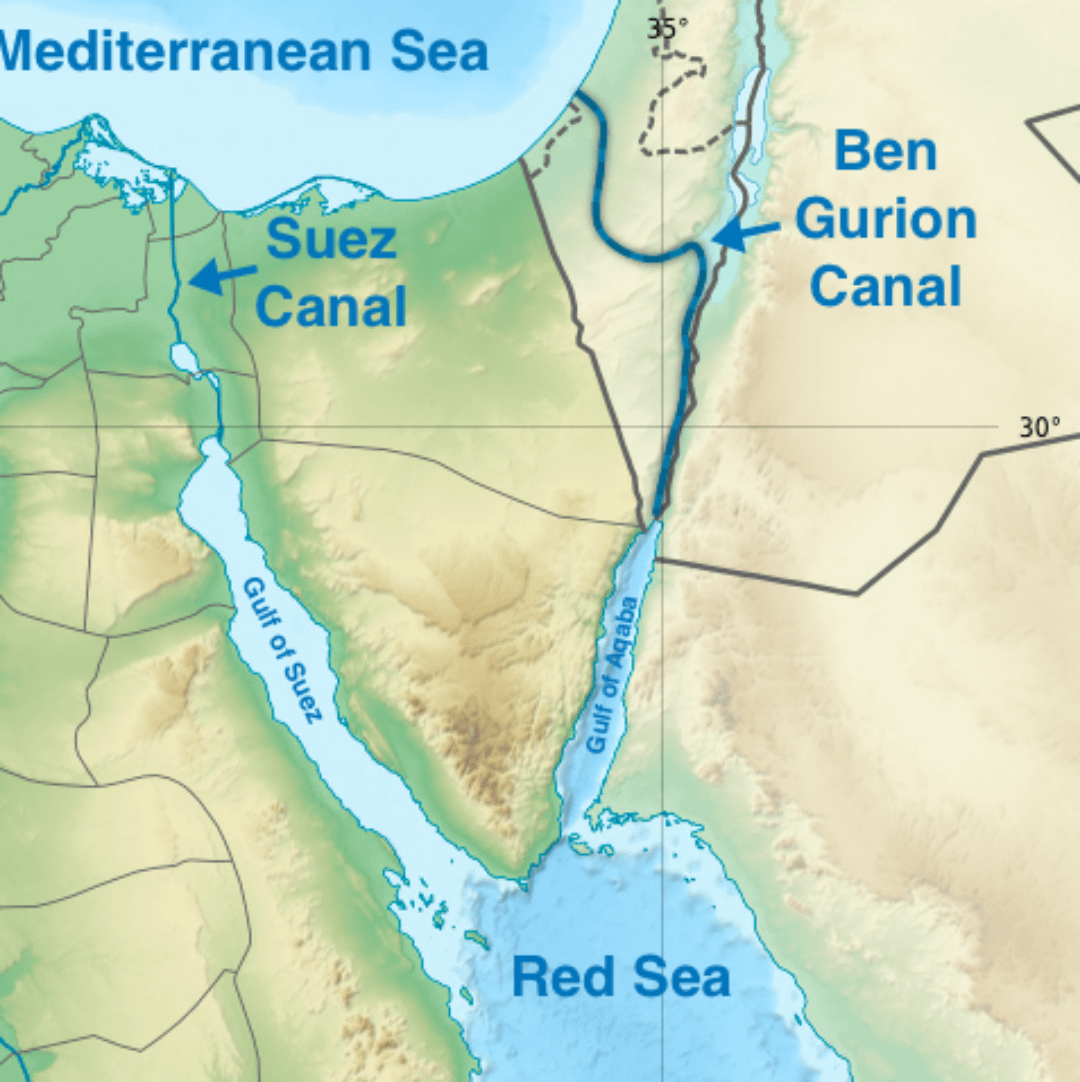
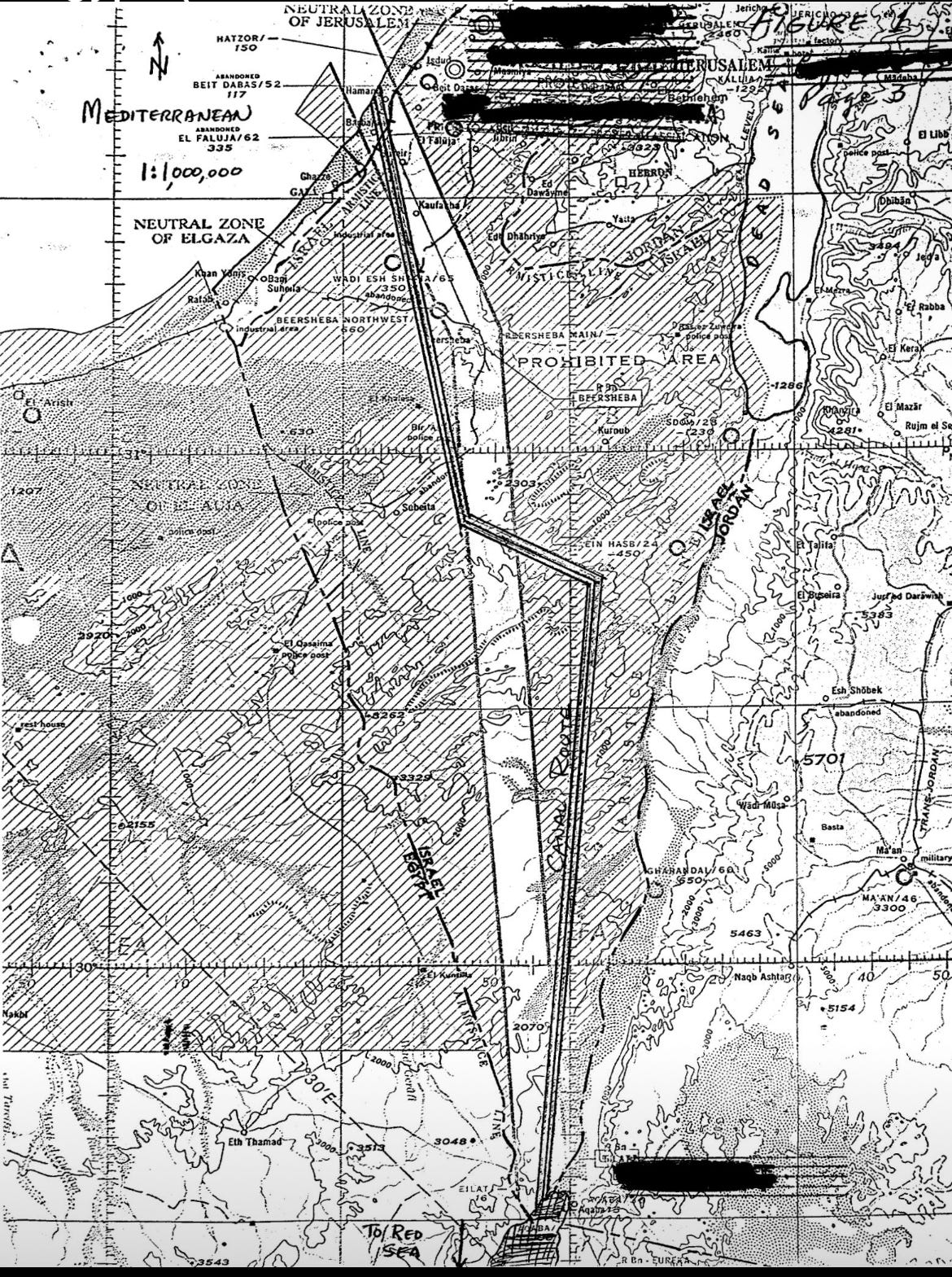
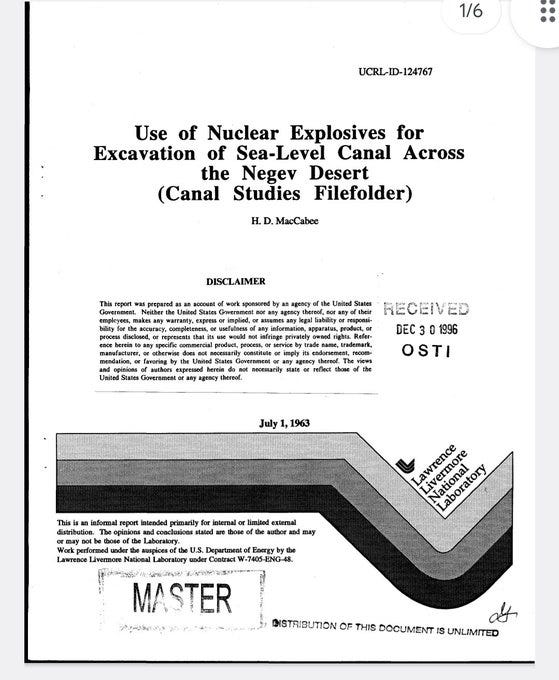
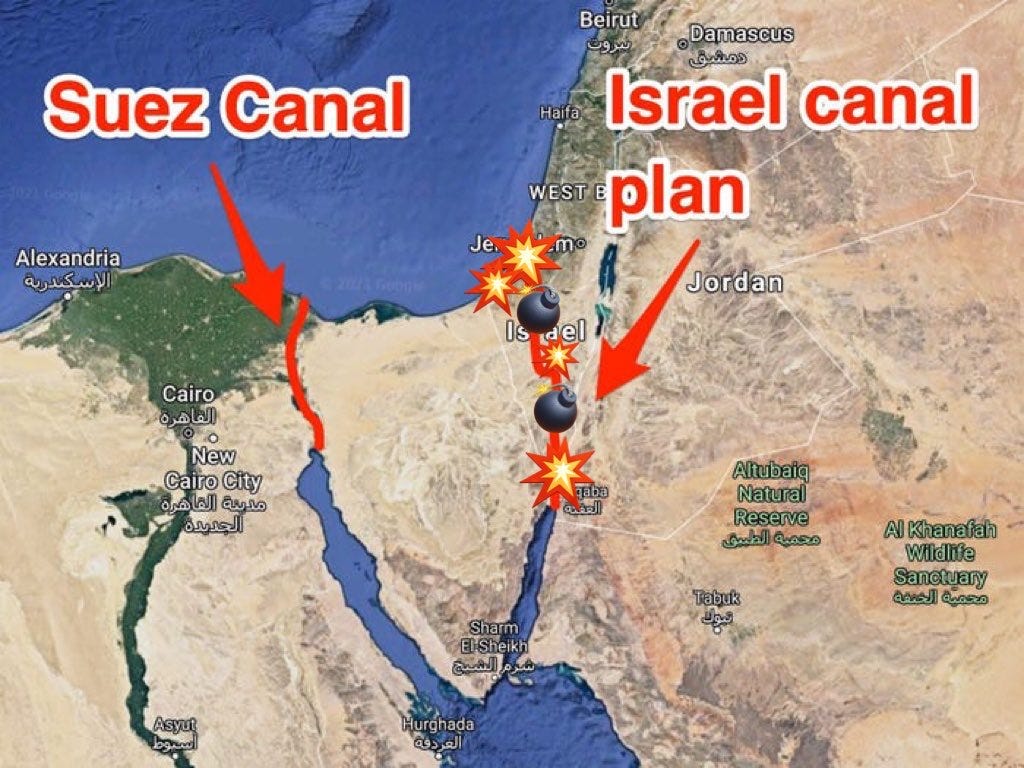
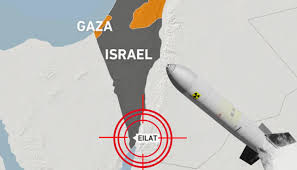
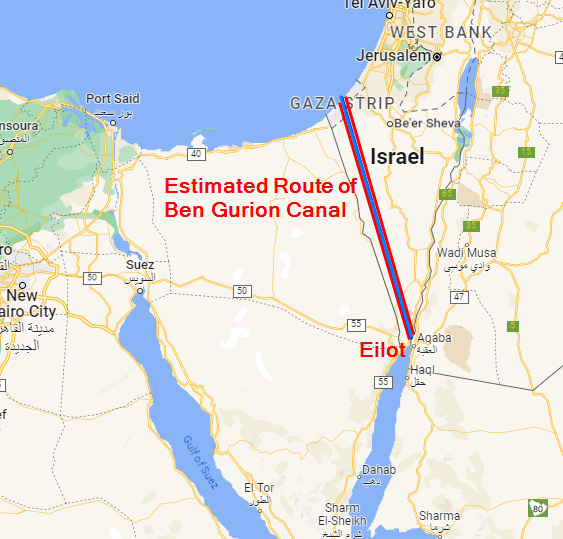
Good research! Thanks for sharing it with us.
Wow, good information.
Need to come and research more on this. I dont rhink the canal is the only factor playing into this, but i dont doubt its a major goal and it seems not in many's focus.
Good work